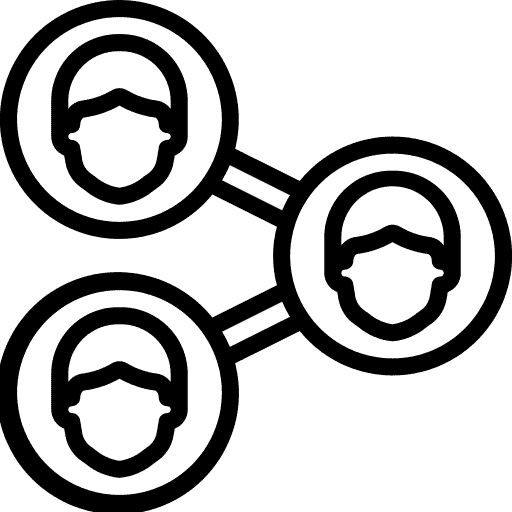Development of Safety Procedures
Create comprehensive Standard Operating Procedures (SOPs) that ensure consistent, safe work practices across your organization
Why Standard Operating Procedures (SOPs) Are Critical
Standard Operating Procedures (SOPs) are detailed, written instructions that describe how to perform specific tasks safely and consistently. They serve as the backbone of any effective safety management system.
Benefits of Well-Written SOPs
Legal and Business Requirements
Step-by-Step Guide to Writing Effective Procedures
• Direct observation of task performance
• Interviews with experienced workers
• Existing procedures and work instructions
• Regulatory requirements and standards
• Equipment manuals and specifications

• Direct observation of task performance
• Interviews with experienced workers
• Existing procedures and work instructions
• Regulatory requirements and standards
• Equipment manuals and specifications

• Use simple, clear language
• Write in active voice
• Use numbered steps in logical order
• Include safety warnings and cautions
• Add diagrams or photos where helpful

• Technical review by experts
• Practical testing by workers
• Safety review by safety personnel
• Legal review for compliance
• Final approval by management

• Conduct training sessions
• Provide hands-on practice
• Verify competency
• Monitor initial implementation
• Gather feedback for improvements

Step-by-Step Guide to Writing Effective Procedures
• Direct observation of task performance
• Interviews with experienced workers
• Existing procedures and work instructions
• Regulatory requirements and standards
• Equipment manuals and specifications

• Direct observation of task performance
• Interviews with experienced workers
• Existing procedures and work instructions
• Regulatory requirements and standards
• Equipment manuals and specifications

• Use simple, clear language
• Write in active voice
• Use numbered steps in logical order
• Include safety warnings and cautions
• Add diagrams or photos where helpful

• Technical review by experts
• Practical testing by workers
• Safety review by safety personnel
• Legal review for compliance
• Final approval by management

• Conduct training sessions
• Provide hands-on practice
• Verify competency
• Monitor initial implementation
• Gather feedback for improvements

Examples of Common OHS Procedures
Fire Evacuation Procedure
Step-by-step instructions for safe evacuation during fire emergencies
- Alarm activation procedures
- Evacuation routes and assembly points
- Role of fire wardens
- Communication protocols
PPE Usage Procedure
Guidelines for proper selection, use, and maintenance of personal protective equipment
- PPE selection criteria
- Proper wearing procedures
- Inspection and maintenance
- Replacement schedules
Incident Reporting Procedure
Process for reporting, investigating, and documenting workplace incidents
- Immediate response actions
- Reporting timelines
- Investigation procedures
- Documentation requirements
Lockout/Tagout Procedure
Safety procedure for controlling hazardous energy during maintenance
- Energy isolation steps
- Lock and tag application
- Verification procedures
- Restoration processes
Safety Inspection Procedure
Systematic approach to conducting workplace safety inspections
- Inspection schedules
- Checklist development
- Hazard identification
- Corrective action tracking
Confined Space Entry
Comprehensive procedure for safe entry into confined spaces
- Permit system requirements
- Atmospheric testing
- Emergency procedures
- Attendant responsibilities
Standard Procedure Template Structure
Header Information
• Effective date and revision history
• Approval signatures
• Scope and applicability
Main Content
• Definitions and terminology
• Roles and responsibilities
• Required equipment and materials
Procedure Steps
• Step-by-step instructions
• Safety precautions and warnings
• Quality control checkpoints
Additional Information
• References and related documents
• Training requirements
• Review and revision schedule
Ready to Develop Your Safety Procedures?
Create comprehensive Standard Operating Procedures (SOPs) that ensure consistent, safe work practices across your organization
